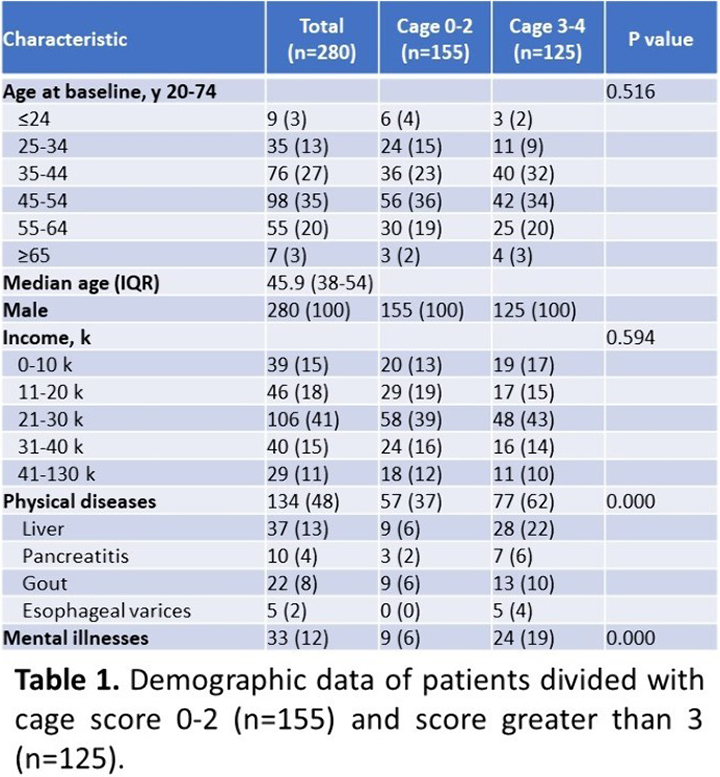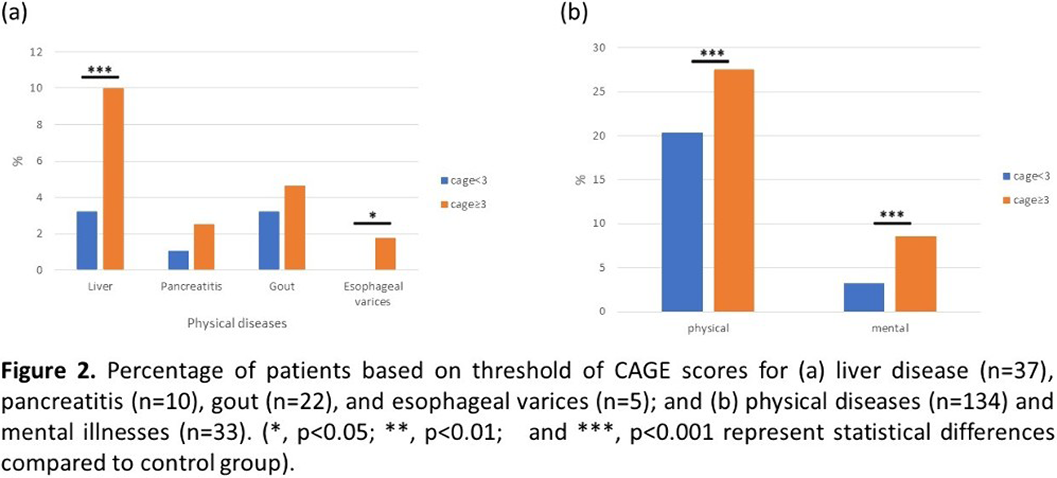Refine search
Actions for selected content:
1 results
Receiver operating characteristic analysis to determine optimal cutting point of cage in predicting physical and mental comorbidities among alcohol users
-
- Journal:
- European Psychiatry / Volume 64 / Issue S1 / April 2021
- Published online by Cambridge University Press:
- 13 August 2021, pp. S560-S561
-
- Article
-
- You have access
- Open access
- Export citation


